The content of the article
Find an exotic citrus in the city center - no longer a problem. Juicy imported fruits are available from us all year round. But, unfortunately, at first glance it is not always possible to understand whether we chose a tasty fruit. To avoid sour, immature, wilted, or diseased fruits on your table, remember a few of the recommendations described below.
Signs of a good ripe fruit
- Ripe young grapefruit is always dense and resilient. If the fruit is soft - it has been lying for a long time and is about to begin to ferment.
- Fresh fruit exudes its characteristic invigorating smell even from a distance. If the crust does not smell, even when you bring it closer to your face, there is an old or preserved fruit in front of you.
- The color of the skin of pink grapefruit can be different: from yellowish-orange to rich fiery hue. The presence of blush or red "freckles" on the fruit meansthat it is ripe and will be sweeter than monotonous options.
- The grapefruit should be large, slightly larger than an orange or one and a half times its size. Small fruits are unripe.
- The peel should look smooth, shiny and free from any defects. Shriveled crusts indicate the loss of moisture by the fruit. This means that he, at least, will not stay with you for a long time.
- Small scars on the skin are not dangerous, they are formed when the fruit comes into contact with the branches of the tree in the wind.
- A fruit darkened at the base or a spotted barely visible under the peel of the fruit is definitely not worth taking - such marks indicate damage to the fruit.
- The mold usually does not start on grapefruits, however, if its protective functions died away (the skin dried up or was treated with chemicals), and the fruit lay next to perishable “peers” - the fungus could get to the citrus peel. Pay attention to such traces.
How to choose a grapefruit
When buying a grapefruit is to evaluate its weight and thickness of the peel. Thick fruits often have pale pink flesh, moderately sweet and sour.In such fruits, the total content of nutrients, as well as potential allergens, may be lower. In addition, these fruits can be very bitter.
Thin-crusty fruit has a juicy flesh, often red-pink in color, pronounced sour and sweet with a slight hint of bitterness. A ripe, full-bodied grapefruit will seem relatively heavy. From such fruits you can get more healthy juice.
The sweetest is a variety with dark reddish peel and pink flesh. These fruits have the highest content of beta-carotene, beneficial to the skin and eyesight. The bitterness in these citrus is soft and pleasant. Such fruits are less likely to cause flatulence and do not irritate the gastrointestinal tract, do not cause allergies.
If the fruit is not cut for demonstration, try to identify the variety by smell. Herbal and bitter notes of aroma indicate the corresponding characteristics of the pulp. A sweetish flavor indicates ripeness.
Choosing between the market and the store, there are no exact recommendations. In fact, all fruits are brought from abroad. Save the marker (sticker) from the fruit you like and buy them from now on. In stores to extend the shelf life of fruit is treated with special solutions.What a private seller does with his goods is sometimes difficult to control. It is worth giving an advantage to the market in cases with homemade local fruits. Grapefruits are not.
How to handle and store grapefruits
Before use, be sure to rinse the fruit with hot water. First, mechanically wash away all the dirty residue and a layer of drugs, which are often sprayed with fruit before transport and sale. Then you can pour boiled water over the zest, it does not harm its useful properties.
If you intend to use the crust for cosmetic or culinary purposes, in no case ignore the heat treatment. But even if your goal is pulp, wash the rind before cutting the fruit so that no poisonous substances get on your table.
To keep the grapefruit fresh, wipe it dry and place it in a vegetable chamber (+ 3-6 degrees Celsius). Fruit lasts longer if wrapped in a bag, film, or put in an airtight container. Keep the fruit in the refrigerator for no more than 10 days, after which they begin to dry or deteriorate.
And a few more rules to note:
- Cut slices dry quickly, lose their useful properties, are subject to the appearance of mold and are not intended for storage.
- Fresh juice can be stored in glass or ceramics in the refrigerator for 24 hours.
- Zest can be stored in a refrigerator in a container or dried and stored in a tin or glass. Peel, wrapped in cloth or paper bag, can lose its flavor and feed on other kitchen smells. Then it will be unfit for consumption. However, the unpeeled dried peel laid out in the kitchen will for a long time exude a refreshing aroma and kill unpleasant odors, for example, fish, greasy, garbage. This will prevent the appearance of black flies over the waste and maintain a pleasant atmosphere in the kitchen.
Video: how to clean grapefruit

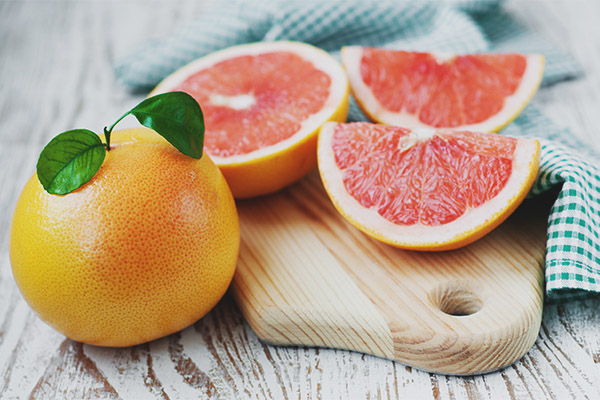
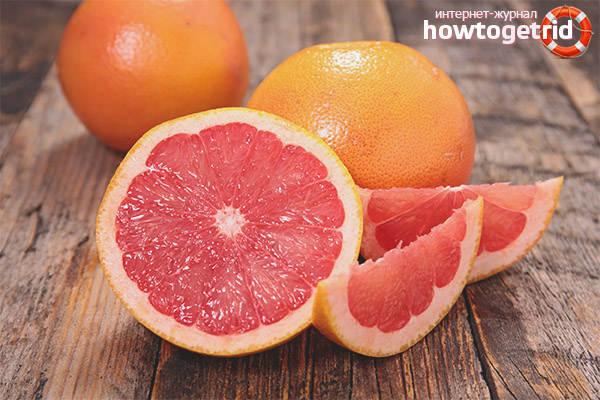

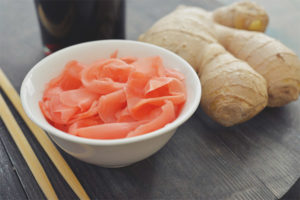
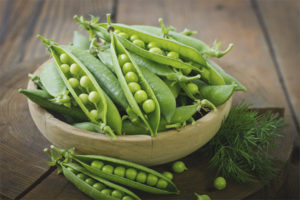

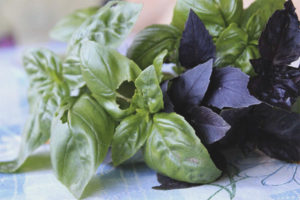
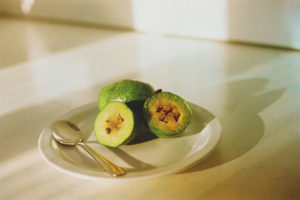
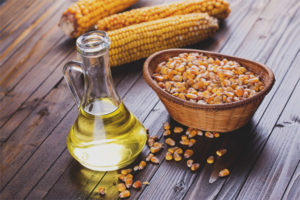
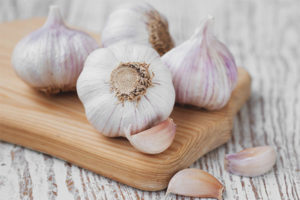
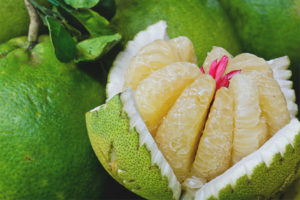
To send